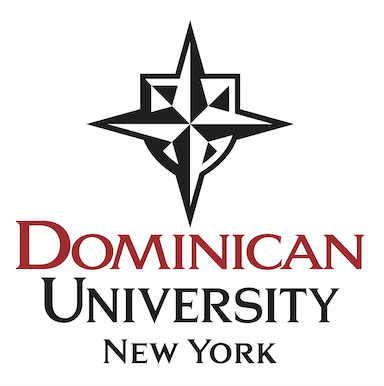Below is a summary of the abstract you submitted. Presenting author(s) is shown in bold.
If any changes need to be made, you can modify the abstract or change the authors.
You can also download a .docx version of this abstract.
If there are any problems, please email Dan at dar78@pitt.edu and he'll take care of them!
This abstract was last modified on April 21, 2017 at 7:55 p.m..

In conjunction with the Science Education Alliance-Phage Hunters Advancing Genomics and Evolutionary Science (SEA-PHAGES), students at Dominican College isolated and purified mycobacteriophages from the surrounding campus environment by way of direct isolation. Using protocols outlined in the Phage Discovery Guide, fifteen novel lytic phages were purified using Mycobacterium smegmatis mc<sup>2</sup>155 as the host. Transmission electron microscopy and restriction endonuclease digestion were completed in order to determine both morphotype and cluster to which each belonged. In addition, incubation on the Xeno lysogen tested each phage's ability to infect. All purified phages belonged to the siphoviridae family, and all but four phages infected Xeno at an EOP of 1. One of the resulting novel lytic phages, Mattes, was sequenced and classified in F1 subcluster. Its genomic sequence had 61.5% GC content and showed 99% similarity to Mycobacterium phage James. The remainder of the purified phage were sequenced en masse and subjected to DOGEMS analysis. Four phages were identified, one of which (Joselito) yielded a full sequence. It was determined to have 99% similarity to the A11 phages Lucivia and Flaverint, with 63.7% GC content and one tRNA. Joselito infected Xeno at EOP of <1, and presented with both lytic and lysogenic plaques. To create lysogens of Mattes and Joselito, mesas were allowed to form at 30ºC, assayed by the patch test, and streaked three times to remove endogenous phage. A patch test was repeated, and immunity to the other phages was determined.

